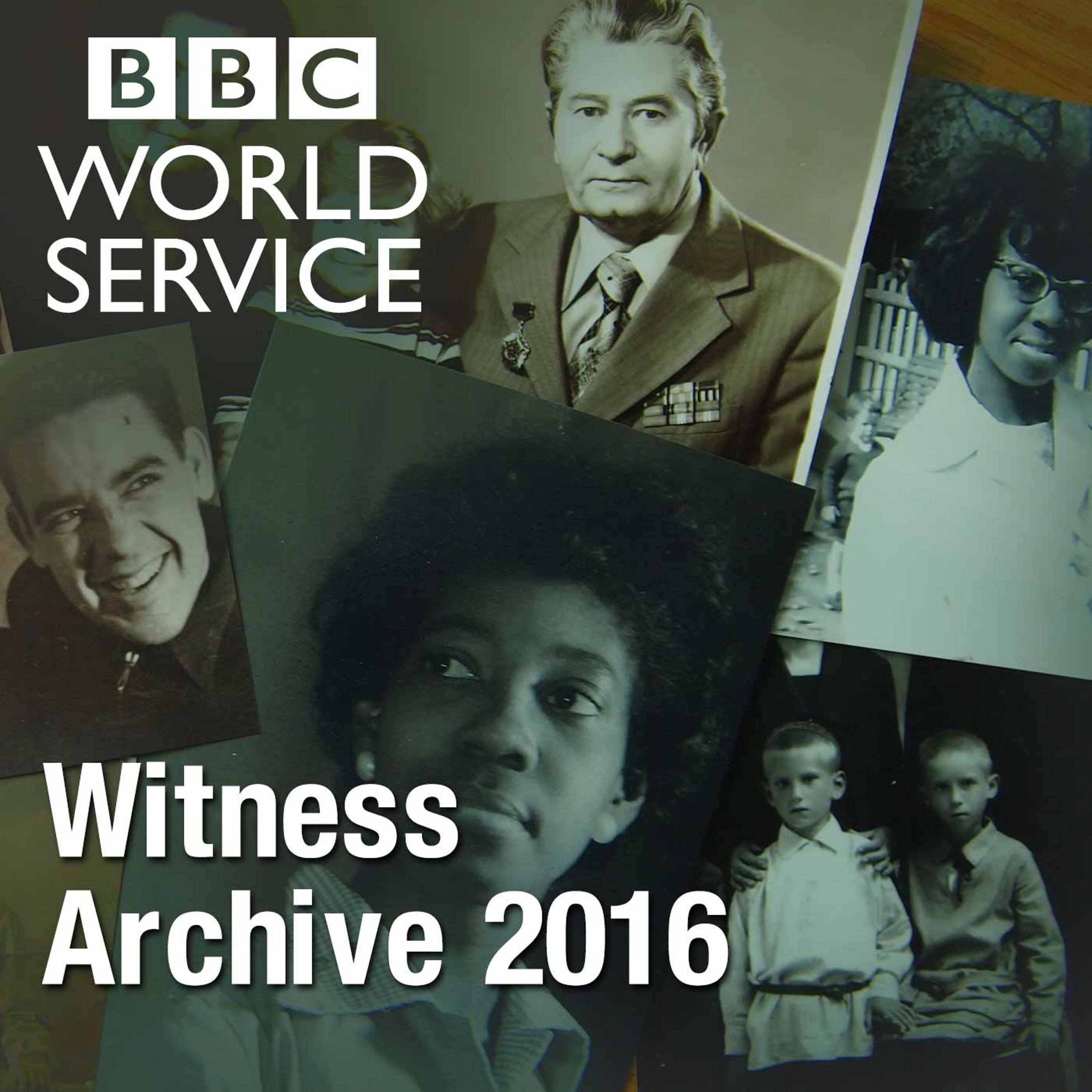The Nuclear Legacy
Description
One of the most potentially dangerous legacies of the collapse of the Soviet Union was its huge nuclear arsenal and nuclear weapons industry. There were particular concerns about the Soviets' former nuclear testing site at Semipalatinsk in Kazakhstan, a vast swathe of contaminated land where there were tunnels with spent plutonium. When the Soviet Union ended, the site was left open to scavengers. Louise Hidalgo has been hearing from the former head of America's nuclear weapons laboratory, Dr Siegfried Hecker, about the long secret operation by Russian and American scientists to make the site safe in what's been called the greatest nuclear non-proliferation story never told.
Photo: the first historic visit by American nuclear scientists to the secret Soviet city of Sarov where Moscow developed nuclear weapons, February 1992. First on the left is the great Russian physicist, Alexander Pavlovsky. Next, looking down, is Yuli Khariton, the father of the Soviet atomic bomb. Opposite, with a white turtle-neck jumper, is Dr Siegfreid Hecker, then director of Los Alamos Laboratory where America developed the world's first nuclear bomb (Credit: Dr Siegfreid Hecker)
More Episodes
In 1966, the collected thoughts of China's communist leader became an unexpected best-seller around the world. A compendium of pithy advice and political instructions from Mao Zedong, it was soon to be found on student bookshelves everywhere.
(Photo: Front cover of Mao's Little Red Book)
Published 02/10/20
Published 02/10/20
In November 1994, the Russian conceptual artist Oleg Kulik posed in front of an art gallery in central Moscow, naked, pretending to be a guard dog and attacking passers by. It was his way of highlighting the fact since the collapse of the USSR three years earlier, Russians had lost their ability...
Published 12/30/16


